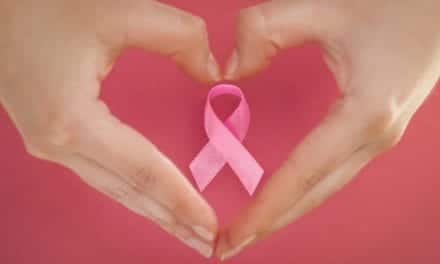Despite what our parents (and the American Academy of Dermatology) drilled into your head about the importance of wearing sunscreen every day (and how it should be applied before heading outdoors and then re-applied every couple of hours), there are those who still neglect to slather on the UV ray-shielding stuff. And according to new research, they’re paying for it — literally.
The report, published in the JAMA Dermatol, found that people with sunburn-related conditions led to more than 33,000 visits (33,826, to be exact) to emergency departments in the U.S. in 2013, which added up to a whopping $11.2 million in costs.
For the study, researchers studied the demographics and characteristics of 200 patients seen at emergency departments and urgent care clinics for sunburn treatment (blistering, constitutional symptoms, and secondary infection) at two major hospitals in Massachusetts — Brigham and Women’s Hospital and Massachusetts General Hospital — over a 15-year period.
During that time, the researchers not only discovered that a significant amount of people visited the centers for sunburn relief, but that psychiatric illness (9.3 percent), alcohol use (6.4 percent), and homelessness (6.4 percent) also contributed to the reasoning behind their sunburn-related visits.
Alcohol impairs our judgment, and according to these findings, can also negatively affect our sunscreen game, says Joshua Zeichner, the director of cosmetic and clinical research in dermatology at Mount Sinai Hospital in New York City. “In this study, alcohol was shown to be a predisposing factor a sunburn bad enough that it required a visit to the emergency room,” he tells Allure. “Even without a drink, most people do not apply as much sunscreen as they should and do not reapply. This is much less likely to occur in the setting of drinking when outdoors.”
Back to the sunburns: Zeichner is hopeful we’ll soon see a decrease in the number of people with sunburns. “With the continued efforts of organizations, like the American Academy of Dermatology and the Skin Cancer Foundation, sunburn rates will go down over time, followed by a decrease in skin cancers,” he says. “Even one blistering sunburn can double your risk of developing skin cancer.”
The most trusted form of sunburn prevention is with a hefty dose of sunscreen slathered onto skin — from head to toe — about 30 minutes before you head outdoors, and then every couple of hours afterward, says the American Academy of Dermatology. However, if you somehow manage to skimp on that whole reapplying thing, your chances of burning are obviously significantly higher.


